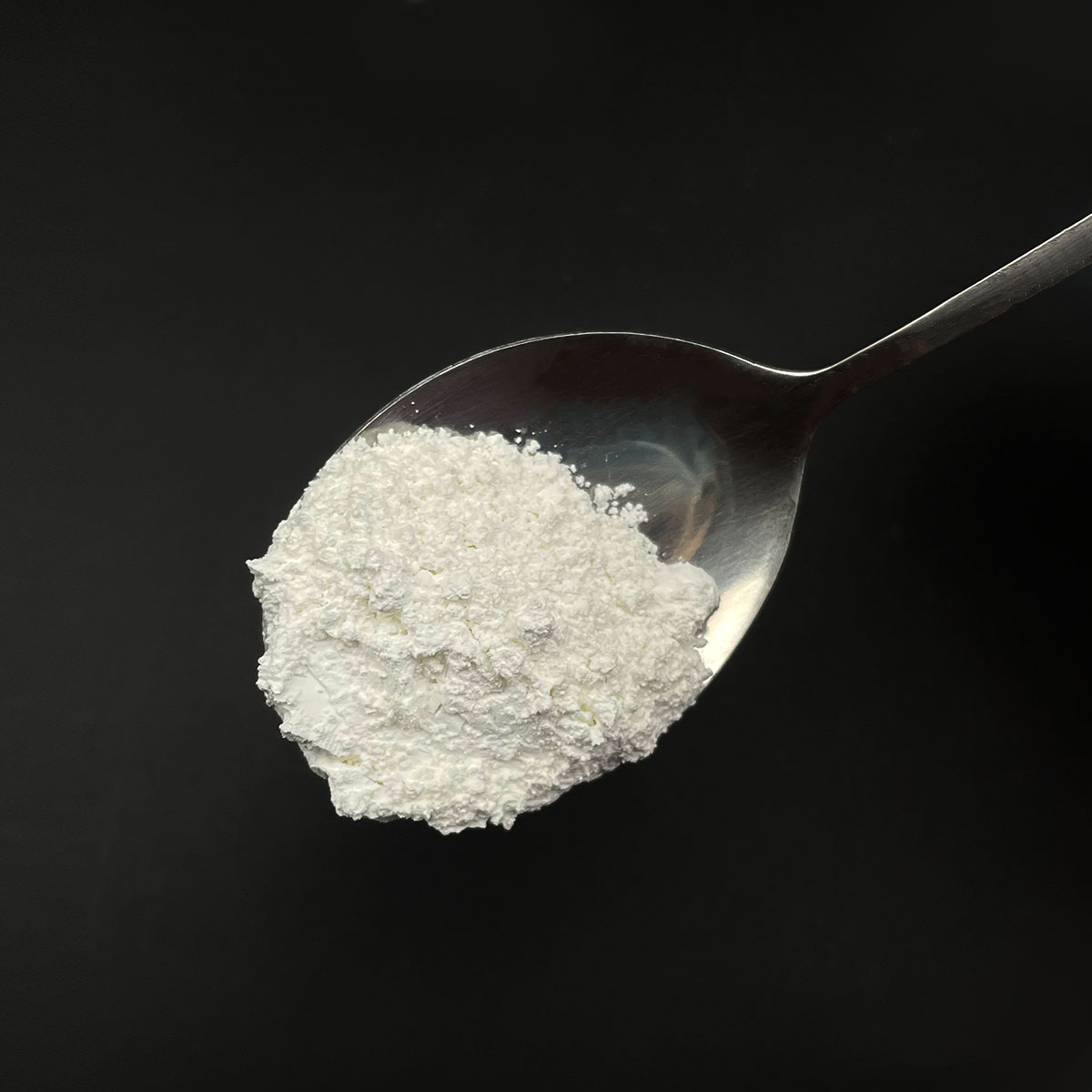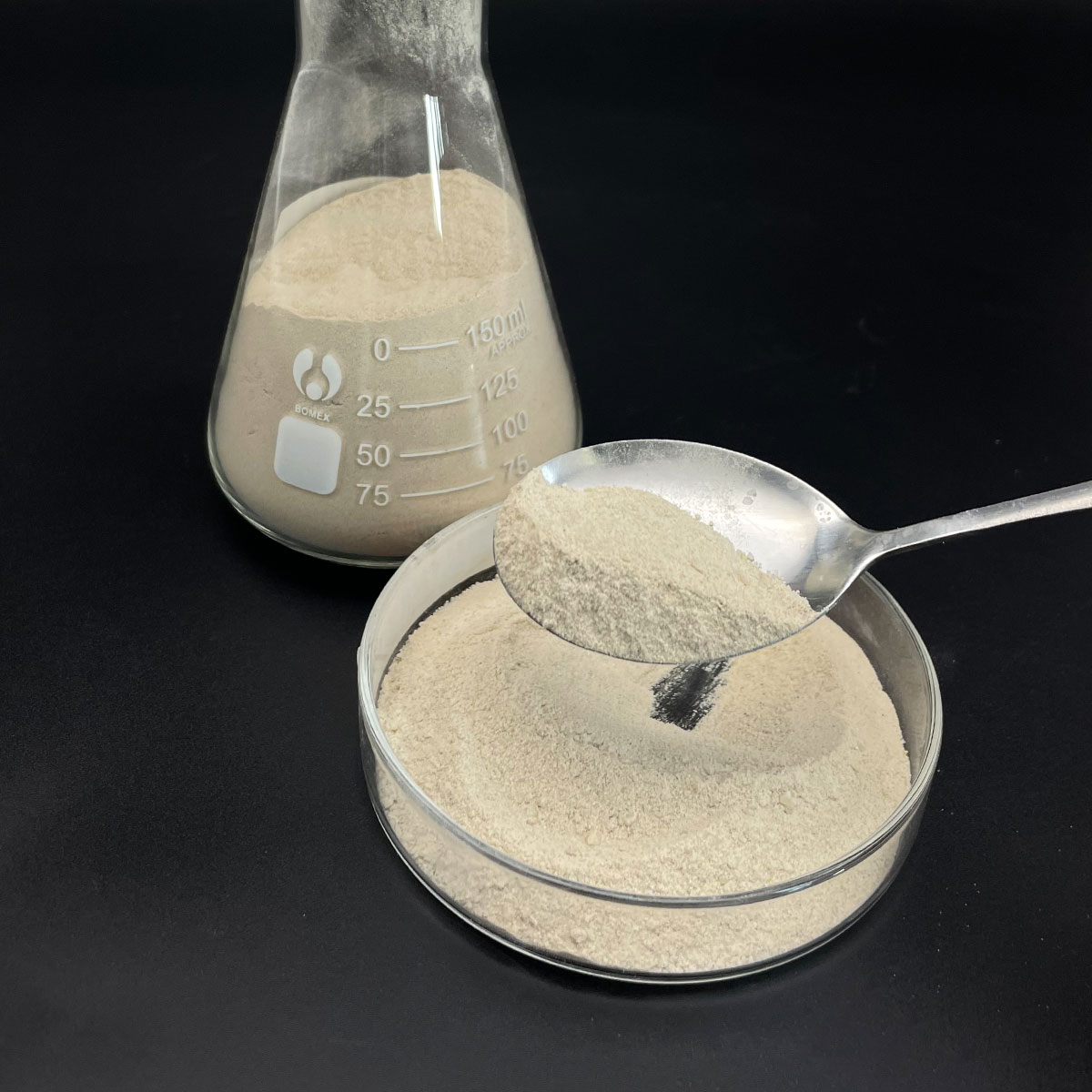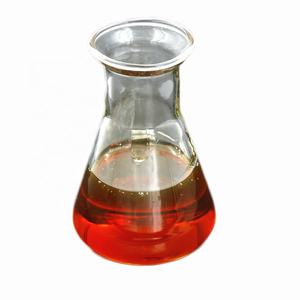Overview of Calcium Lignosulfonate Is a Multi-Component Polymer Anionic Surfactant
Polymer surfactants, also known as polymeric surfactants or amphiphilic polymers, are high-molecular-weight compounds that combine the properties of traditional low-molecular-weight surfactants with the unique features of polymers. Unlike small molecule surfactants, polymer surfactants offer enhanced stability, improved solubility, and the ability to form more complex structures such as micelles, hydrogels, and vesicles. These macromolecules find applications across a wide range of industries due to their tailored structures and tunable properties, which allow for precise control over interfacial behavior and solution rheology.
Features of Calcium Lignosulfonate Is a Multi-Component Polymer Anionic Surfactant
-
Molecular Weight and Structure: With a much higher molecular weight, polymer surfactants offer enhanced stability in harsh conditions and over prolonged periods compared to small molecule surfactants.
-
Tunability: The structure of polymer surfactants can be precisely engineered to include different functional groups, monomer sequences, and architectures, allowing for specific interactions and properties.
-
Multifunctionality: Apart from surface activity, they can also provide additional functionalities like thickening, rheology modification, and controlled release capabilities.
-
Self-Assembly: Capable of forming sophisticated self-assembled structures like micelles, hydrogels, and vesicles, which can encapsulate or release active ingredients in a controlled manner.
-
Environmental Compatibility: Many polymer surfactants are designed to be biodegradable and less toxic, making them suitable for eco-friendly applications.
-
Temperature and pH Responsiveness: Some polymer surfactants exhibit responsive behavior to changes in temperature or pH, enabling stimuli-responsive systems.

(Calcium Lignosulfonate Is a Multi-Component Polymer Anionic Surfactant)
Specification of Calcium Lignosulfonate Is a Multi-Component Polymer Anionic Surfactant
Calcium lignosulfonate is a multi-component polymer anionic surfactant derived from lignin, an all-natural polymer discovered in wood. It is created during the sulfite pulping process, where lignin is broken down into water-soluble parts. The resulting calcium salt type provides special buildings, making it extensively made use of in industrial applications. This product is soluble in water and functions as a surfactant, reducing surface area tension in between fluids and solids.
The main elements include lignin by-products, calcium ions, and sulfonic acid teams. These elements give the compound its dispersing, binding, and emulsifying capacities. Its anionic nature enables it to interact with positively charged fragments, stabilizing blends in various settings. The polymer structure ensures sturdiness under high temperatures and pH variations.
Applications cover multiple industries. In building, it acts as a concrete additive to improve workability and minimize water material. It avoids concrete from setting too quickly, boosting toughness with time. For agriculture, it serves as a spreading representative in pesticides and fertilizers, assisting nutrients soak up right into soil more efficiently. It additionally helps in dust control on unpaved roads by binding soil fragments with each other.
The surfactant residential or commercial properties make it useful in commercial cleansing products. It breaks down oil and oil without hurting equipment. In porcelains, it boosts the plasticity of clay, ensuring smoother shaping and firing. The textile market uses it to distribute dyes uniformly, achieving regular shade results.
Calcium lignosulfonate is environment-friendly, biodegrading normally without hazardous deposits. This makes it more effective over synthetic surfactants in ecologically delicate applications. It is cost-efficient compared to options, supplying similar performance at lower focus.
The item is available as a brownish powder or fluid, with differing bit sizes and focus to fit various needs. Storage space calls for dry, amazing problems to avoid clumping or degradation. Compatibility with other chemicals is high, yet screening is advised for specific formulas.
Safety measures include putting on handwear covers and safety glasses to avoid irritability from long term exposure. Proper handling lessens threats, as the material is non-flammable and stable under normal conditions.

(Calcium Lignosulfonate Is a Multi-Component Polymer Anionic Surfactant)
Applications of Calcium Lignosulfonate Is a Multi-Component Polymer Anionic Surfactant
Calcium lignosulfonate is a multi-component polymer anionic surfactant. It is made from lignin, an all-natural polymer discovered in timber. This product is water-soluble. It works well in lots of markets because it can function as a dispersant, binder, or stabilizer. Its unique buildings make it valuable in different applications.
In building and construction, calcium lignosulfonate is included in concrete. It minimizes the quantity of water needed while keeping the blend convenient. This enhances the strength and resilience of concrete. It likewise reduces the solidifying process. This offers employees even more time to form or transport concrete prior to it sets.
Agriculture gain from calcium lignosulfonate too. Farmers utilize it in pesticides or plant foods. It aids dissolve nutrients in dirt. This makes it simpler for plants to absorb them. It also prevents dirt from forming in granular plant foods. This maintains the product secure during storage or transport.
The ceramics market relies on this material. It works as a plasticizer in clay mixes. This makes the clay much easier to mold without breaking. It also improves the flow of ceramic slurries throughout manufacturing. This causes smoother surface areas and fewer issues in ended up items.
Mining operations use calcium lignosulfonate as a grinding help. It minimizes energy usage during ore handling. It stops bits from sticking together. This improves performance in separating minerals. It likewise helps control dirt in mining environments.
Water treatment plants apply this surfactant to manage scaling. It binds to steel ions in water. This quits damaging deposits from creating in pipelines or equipment. It prolongs the life expectancy of industrial equipment.
Fabric manufacturing uses calcium lignosulfonate in coloring processes. It guarantees dyes spread evenly across fabrics. This minimizes waste and boosts shade consistency.
The oil sector uses it in piercing liquids. It maintains the liquid mixture under high stress or temperature level. This stops well wall surfaces from collapsing throughout drilling.
Calcium lignosulfonate is eco-friendly. It damages down normally without harming the atmosphere. This makes it a preferred selection for industries aiming to lower their environmental impact.
Company Profile
SurfactantChina is a trusted global chemical material supplier & manufacturer with over 12-year-experience in providing super high-quality surfactant and relative products.
The company has a professional technical department and Quality Supervision Department, a well-equipped laboratory, and equipped with advanced testing equipment and after-sales customer service center.
If you are looking for high-quality surfactant and relative products, please feel free to contact us or click on the needed products to send an inquiry.
Payment Methods
L/C, T/T, Western Union, Paypal, Credit Card etc.
Shipment
It could be shipped by sea, by air, or by reveal ASAP as soon as repayment receipt.
5 FAQs of Calcium Lignosulfonate Is a Multi-Component Polymer Anionic Surfactant
Calcium lignosulfonate is a multi-component polymer anionic surfactant. People often ask what it is. It comes from wood processing. Sulfite treatment breaks down lignin in wood. The result is a water-soluble polymer. This material works as a dispersant. It helps mix solids into liquids evenly. It also reduces water resistance in products like concrete.
Many wonder where it gets used. Builders add it to concrete mixes. It makes the concrete flow better without extra water. Farmers use it in pesticides. It helps the chemicals stick to plants. Manufacturers mix it into ceramics. This makes the clay easier to shape. Dust control agents include it too. It stops particles from spreading in the air.
People ask why it’s better than other surfactants. It’s natural. Most surfactants are synthetic. Synthetic ones harm the environment. Calcium lignosulfonate breaks down safely. It’s cheaper. Production uses waste from paper mills. This cuts costs. It stays stable in harsh conditions. Heat or chemicals don’t ruin its performance.
Questions come up about safety. It’s non-toxic. Workers handle it without major risks. Skin contact might cause mild irritation. Washing with soap fixes this. No harmful fumes release during use. It’s safe for soil and water systems. Overuse could affect soil pH. Follow guidelines to avoid issues.
People want storage tips. Keep it dry. Moisture makes it clump. Store bags in cool places. Sunlight weakens its effectiveness. Use sealed containers. Keep away from strong acids. Mixing with acids reduces its performance. Check expiration dates. Old stock works less well. Replace it every two years for best results.

(Calcium Lignosulfonate Is a Multi-Component Polymer Anionic Surfactant)






